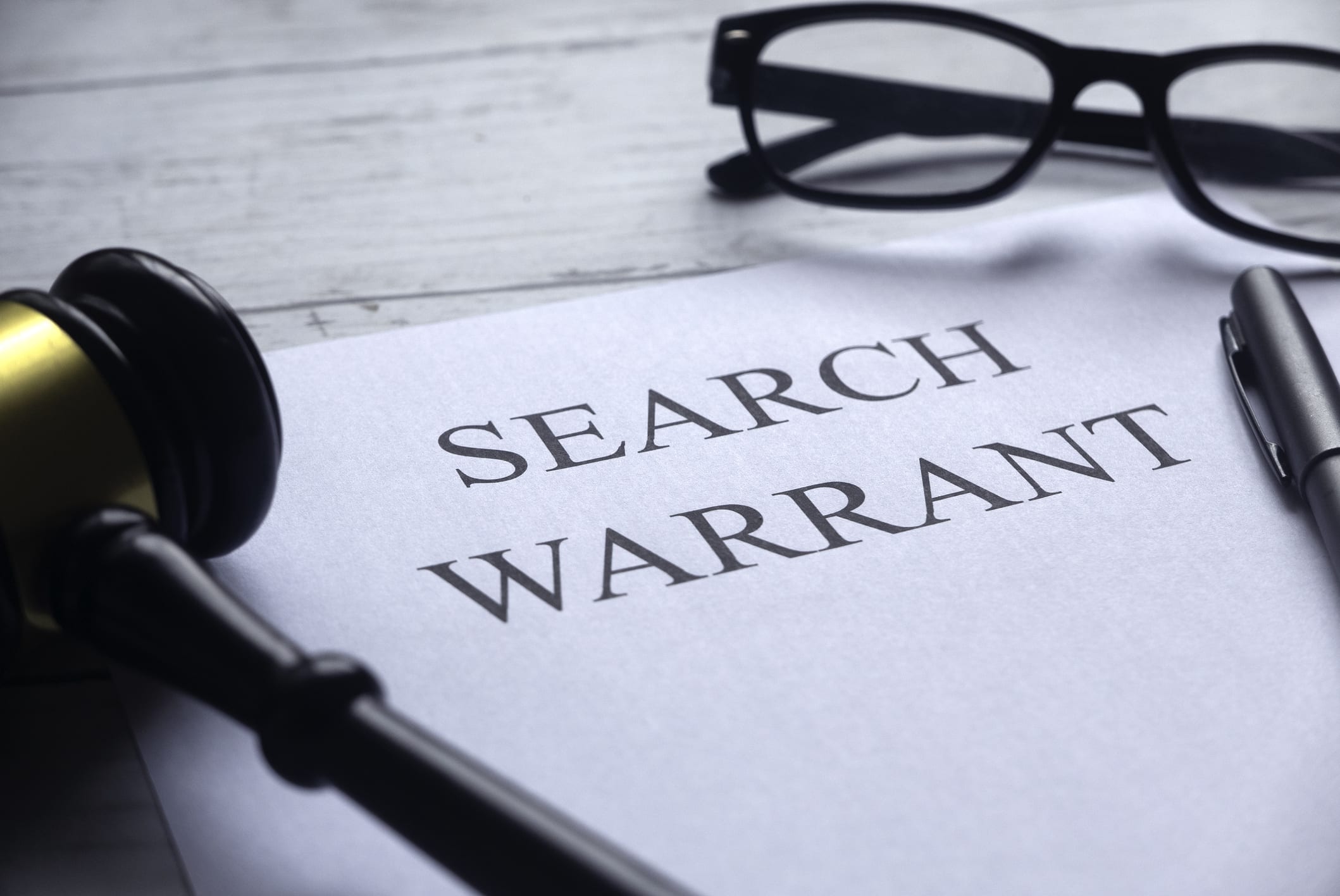
Understanding your 4th Amendment rights is like having a shield in a world where privacy sometimes feels like a myth. The 4th Amendment protects citizens from unreasonable searches and seizures, ensuring that personal space and belongings aren't invaded without just cause. But what does this mean for you in everyday life? From interactions with law enforcement to the privacy of your own home, knowing these rights can empower you to navigate situations with confidence. This post will unveil 20 essential facts about the 4th Amendment, shedding light on its implications and how it safeguards your freedom. Whether you're curious about legal boundaries or seeking to fortify your knowledge, these insights will equip you with the understanding needed to stand firm in your rights.
Understanding the 4th Amendment
The 4th Amendment is a crucial part of the United States Constitution. It protects citizens from unreasonable searches and seizures by the government. Here are some fascinating facts about this important amendment.
-
The 4th Amendment was ratified on December 15, 1791, as part of the Bill of Rights.
-
It was inspired by colonial grievances against British search practices, particularly the use of "writs of assistance" which allowed broad search powers.
-
The amendment states: "The right of the people to be secure in their persons, houses, papers, and effects, against unreasonable searches and seizures, shall not be violated."
Key Components of the 4th Amendment
Several elements make up the 4th Amendment, each playing a vital role in protecting individual privacy.
-
The term "unreasonable" is subjective and often debated in courts to determine what constitutes an unreasonable search.
-
A "search" occurs when the government intrudes on an individual's reasonable expectation of privacy.
-
A "seizure" involves the government taking control of a person or their property.
-
The amendment requires that warrants be issued only upon probable cause, supported by an oath or affirmation.
-
Warrants must particularly describe the place to be searched and the persons or things to be seized.
Landmark Supreme Court Cases
The interpretation of the 4th Amendment has evolved through various Supreme Court rulings.
-
In Mapp v. Ohio (1961), the Court ruled that evidence obtained in violation of the 4th Amendment cannot be used in state courts.
-
Katz v. United States (1967) established that the 4th Amendment protects people, not places, introducing the concept of "reasonable expectation of privacy."
-
Terry v. Ohio (1968) allowed police to stop and frisk individuals based on reasonable suspicion, a lower standard than probable cause.
-
In United States v. Jones (2012), the Court ruled that attaching a GPS device to a vehicle constitutes a search under the 4th Amendment.
Modern Implications
The 4th Amendment continues to be relevant in today's digital age, affecting how privacy is viewed in the context of technology.
-
The Electronic Communications Privacy Act (1986) extended 4th Amendment protections to electronic communications.
-
Riley v. California (2014) determined that police must obtain a warrant to search digital information on a cell phone seized during an arrest.
-
The Carpenter v. United States (2018) ruling stated that accessing historical cell phone records requires a warrant.
Exceptions to the 4th Amendment
There are notable exceptions where the 4th Amendment does not apply, allowing certain searches without a warrant.
-
The plain view doctrine allows officers to seize evidence without a warrant if it is clearly visible.
-
Consent searches are permissible if an individual voluntarily agrees to the search.
-
Exigent circumstances permit searches without a warrant if there is an immediate threat to safety or risk of evidence destruction.
-
Automobile exception allows the search of a vehicle without a warrant if there is probable cause to believe it contains evidence of a crime.
-
Stop and frisk practices are allowed under certain conditions, as established by Terry v. Ohio.
The 4th Amendment remains a cornerstone of American civil liberties, continually shaping the balance between privacy and security.
A Final Look at Fourth Amendment Rights
Understanding your Fourth Amendment rights is more than just a piece of legal trivia; it's crucial for safeguarding personal freedom and privacy in daily life. These rights protect individuals from unreasonable searches and seizures, ensuring that government actions are held to a standard of fairness and respect for personal autonomy. Whether it's a traffic stop or a home search, knowing the boundaries of lawful authority can empower you to stand up for your rights. Equally vital is recognizing the evolving nature of these protections in a digital age, where personal information is often stored online. Staying informed about how courts interpret these rights in new contexts is key to maintaining the balance between security needs and individual freedoms. Remember, knowledge of your rights is your first line of defense in a complex world.
Was this page helpful?
Our commitment to delivering trustworthy and engaging content is at the heart of what we do. Each fact on our site is contributed by real users like you, bringing a wealth of diverse insights and information. To ensure the highest standards of accuracy and reliability, our dedicated editors meticulously review each submission. This process guarantees that the facts we share are not only fascinating but also credible. Trust in our commitment to quality and authenticity as you explore and learn with us.


